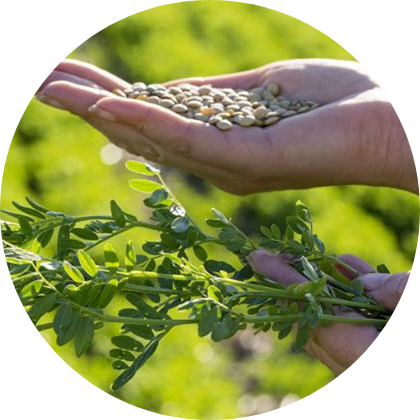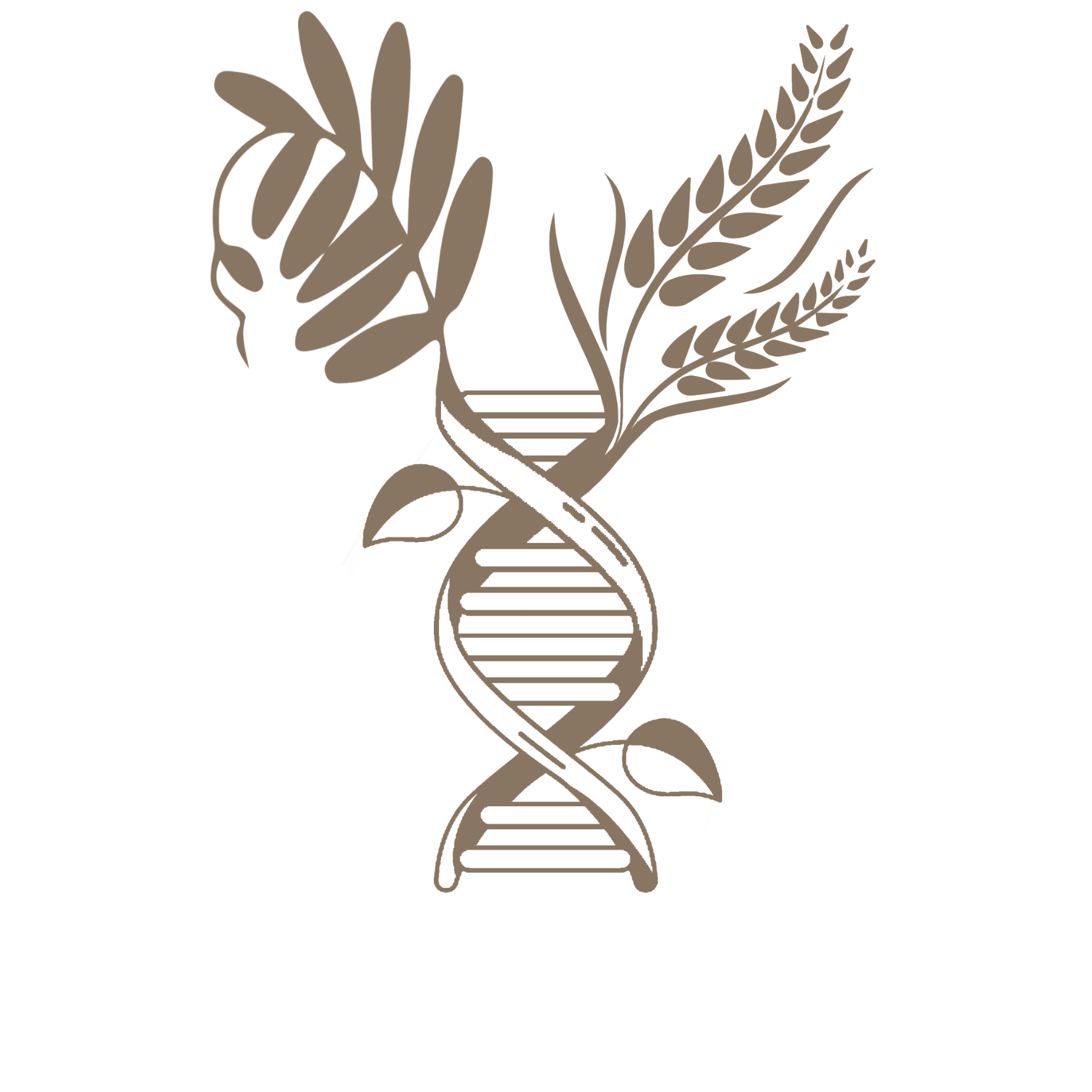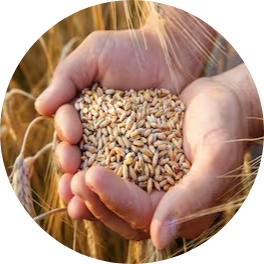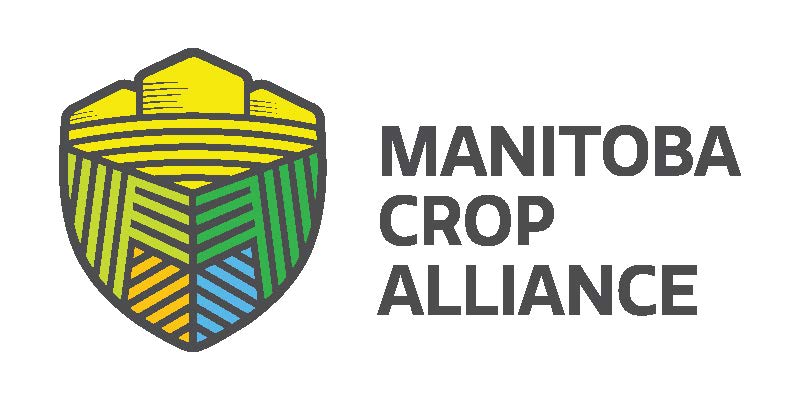 In ACTIVATE, our research is encouraging practical and diverse crop rotation. We will pioneer an innovative, multi-species breeding strategy focused on a target crop rotation rather than individual crop species. More specifically, we are selecting lentil varieties for breeding based on their ability to sequester nitrogen for use by wheat grown after them. In this way, our breeding strategy is meant to produce optimal pairs of lentil and wheat varieties that perform well together in rotation. Our research will make estimates of climate benefits and producer income streams associated with climate-smart crop rotations possible.
In ACTIVATE, our research is encouraging practical and diverse crop rotation. We will pioneer an innovative, multi-species breeding strategy focused on a target crop rotation rather than individual crop species. More specifically, we are selecting lentil varieties for breeding based on their ability to sequester nitrogen for use by wheat grown after them. In this way, our breeding strategy is meant to produce optimal pairs of lentil and wheat varieties that perform well together in rotation. Our research will make estimates of climate benefits and producer income streams associated with climate-smart crop rotations possible.
Climate Smart Rotations



 In 2019, agriculture was responsible for approximately 10% of Canada’s green house gas emissions with over 24Mt being derived from crop production systems
In 2019, agriculture was responsible for approximately 10% of Canada’s green house gas emissions with over 24Mt being derived from crop production systems 













